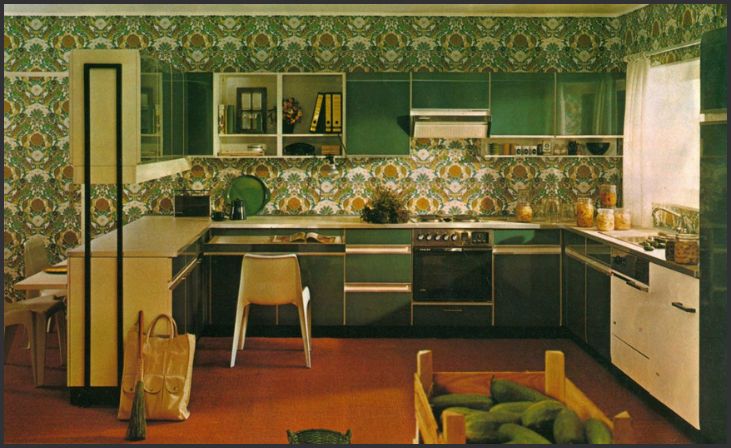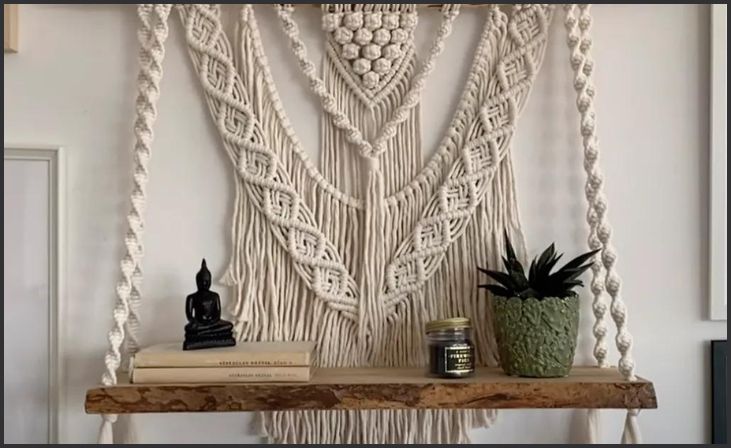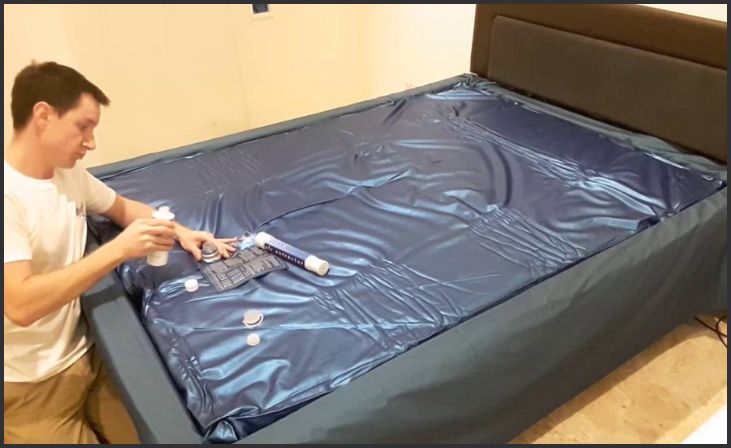The 1970s were a time of vibrant colors, eclectic fashion, and unique home decor. Moms of the ’70s had a distinctive style and approach to homemaking that included a range of household items which were considered essential back then but seem quite outdated today. From shag carpets to avocado green appliances, these items were once the pinnacle of domestic chic but have since fallen out of favor. In this blog, we’ll take a nostalgic journey through eight of these iconic household items, exploring their history, use, and why we no longer see them in modern homes.
1. Shag Carpets
Shag carpets, with their long, thick fibers, were a hallmark of ’70s home decor. These plush carpets were prized for their comfort and warmth, often found in vibrant colors that added a bold statement to any room. However, maintaining shag carpets was no easy feat. The long fibers trapped dirt, dust, and allergens, making them difficult to clean. Vacuuming was a challenge, and spills could quickly turn into stains that were nearly impossible to remove. Today, homeowners prefer low-pile or hardwood floors for their ease of maintenance and cleaner look, leaving shag carpets a relic of the past.
2. Avocado Green Appliances

In the 1970s, avocado green was the height of fashion for kitchen appliances. From refrigerators to stoves and dishwashers, this earthy hue was ubiquitous. The color was meant to reflect a connection to nature and a sense of warmth and coziness. However, as design trends shifted towards sleeker, more neutral tones, avocado green began to feel dated and unattractive. Modern kitchens now favor stainless steel, white, or black appliances that offer a timeless, versatile look. The once-beloved avocado green is now more likely to be seen as a kitschy throwback rather than a stylish choice.
3. Harvest Gold Everything
Alongside avocado green, harvest gold was another popular color in ’70s kitchens and bathrooms. This warm, mustard-like shade adorned everything from appliances to countertops and even bathroom fixtures. The color was intended to evoke the bountiful, wholesome feeling of a harvest. However, like avocado green, harvest gold quickly became associated with an outdated aesthetic. Today’s homeowners and designers prefer lighter, more neutral colors that create a sense of space and cleanliness. The bold, saturated hues of the ’70s have largely been replaced by more understated and versatile palettes.
4. Wood Paneling
Wood paneling was a staple of ’70s interior design, covering walls in living rooms, basements, and even bedrooms. This dark, often faux-wood material was used to create a rustic, cozy atmosphere. However, over time, wood paneling began to feel oppressive and out of touch with contemporary tastes. It tended to make rooms look smaller and darker, which is contrary to today’s preference for bright, airy spaces. Modern homeowners often remove wood paneling in favor of painted drywall or lighter wood finishes that open up and modernize a room.
5. Macramé Decor

Macramé, the art of knotting cords into decorative items, was incredibly popular in the 1970s. Macramé plant hangers, wall hangings, and even furniture added a bohemian, handmade touch to homes. This craft was seen as a way to bring a personal, artistic element into the home. However, the intricate designs and natural fibers can feel a bit too “retro” for contemporary tastes. While macramé has seen a slight resurgence in modern boho-chic decor, it’s typically used in moderation rather than as a dominant design element.
6. Console Stereos
Console stereos were a prized possession in many ’70s households. These large, often wooden, furniture-like units housed record players, radios, and sometimes even televisions. They were the centerpiece of the living room, providing both entertainment and a focal point for family gatherings. However, as technology advanced, these bulky units became obsolete. Today’s audio equipment is sleek, compact, and often wireless, offering superior sound quality without taking up significant space. The once-essential console stereo is now more likely to be found in vintage shops or as a nostalgic piece in a retro-themed room.
7. Patterned Linoleum Floors
Linoleum flooring with bold, intricate patterns was a common sight in ’70s kitchens and bathrooms. These floors were chosen for their durability, affordability, and ease of cleaning. The patterns ranged from geometric designs to faux tiles and floral motifs. However, as interior design trends moved towards more natural and subtle aesthetics, patterned linoleum began to look busy and outdated. Modern homes favor ceramic tiles, hardwood, or luxury vinyl planks that offer a more sophisticated and timeless appeal.
8. Waterbeds

Waterbeds were the epitome of ’70s bedroom innovation, promising unparalleled comfort and a unique sleeping experience. The gentle motion of the water was believed to provide better sleep and alleviate pressure points. However, waterbeds proved to be impractical for many reasons. They were heavy, difficult to move, and prone to leaks. Additionally, the novelty of sleeping on water wore off for many, leading to a preference for traditional mattresses with advanced support technologies. Today, waterbeds are largely a curiosity of the past, with very few people opting for this unconventional bedding option.
Conclusion
Reflecting on these eight household items from the 1970s, it’s clear how much home decor and technology have evolved. While some of these items hold a nostalgic charm, they have largely been replaced by more practical, efficient, and aesthetically pleasing alternatives. The ’70s were a time of bold experimentation and distinct style, but many of the era’s trends have not withstood the test of time. As we continue to advance in our tastes and technologies, it’s fascinating to see what was once considered indispensable and how our preferences have changed. The evolution of household items highlights the dynamic nature of home design and our continuous quest for comfort, style, and functionality.

